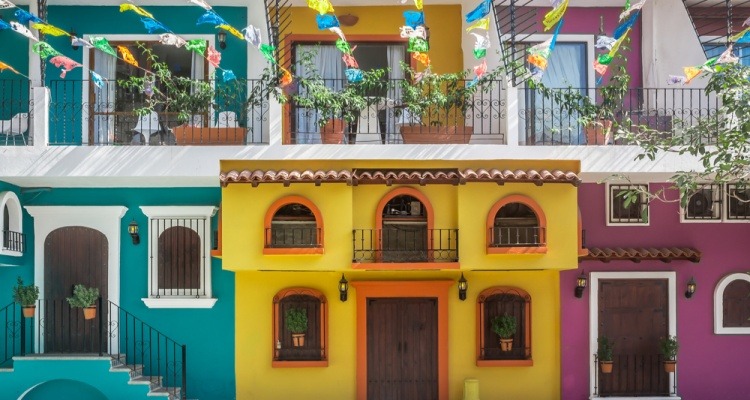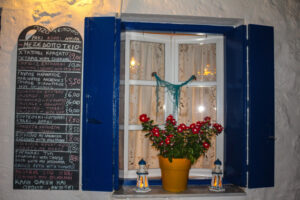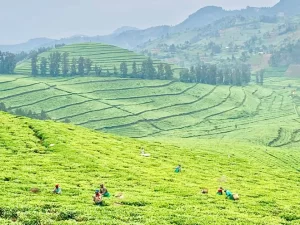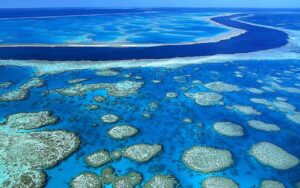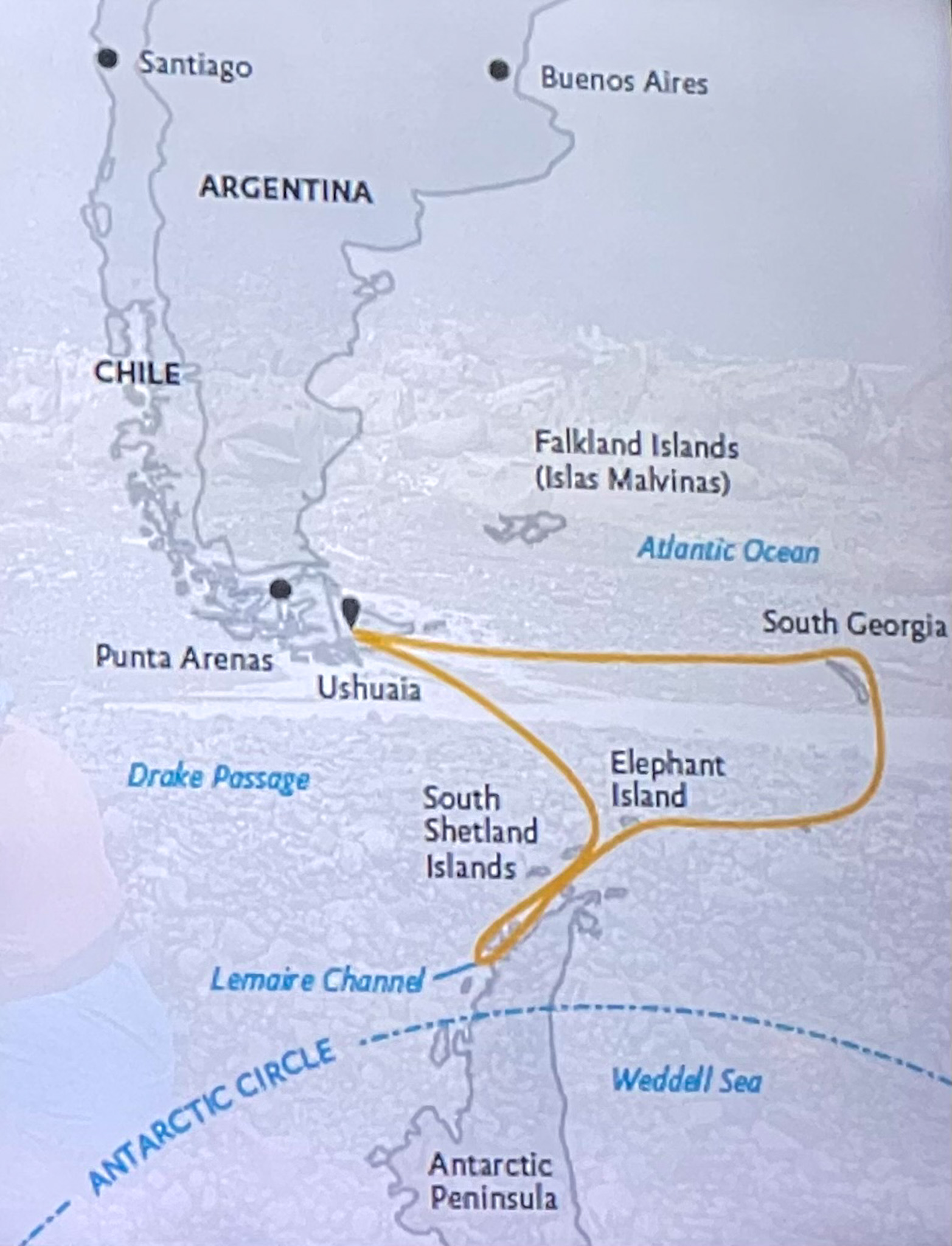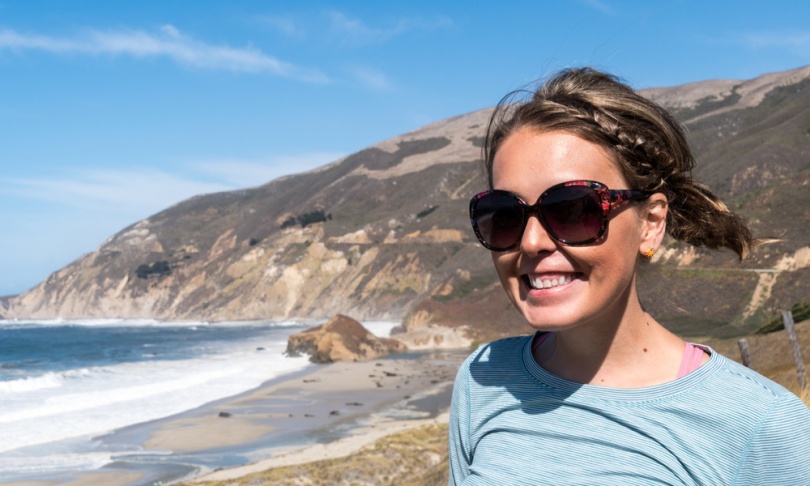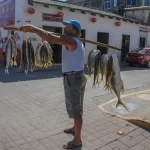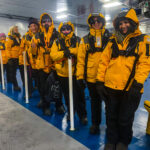When one thinks of Puerto Vallarta — one of Mexico’s most popular destinations on the Pacific — the theme of all-inclusive resorts comes to mind. No doubt you can imagine it as a place where holidaymakers come for week-long vacations to up the ante on consumption of rotgut tequila while congregating around swimming pool bars. And for some travelers, the steady stream of Corona beer and quesadillas in a sun-splashed resort setting is reason enough to visit Mexico’s crown jewel coastal town. BUT, there’s more to Puerto Vallarta than a stellar beach vacation.
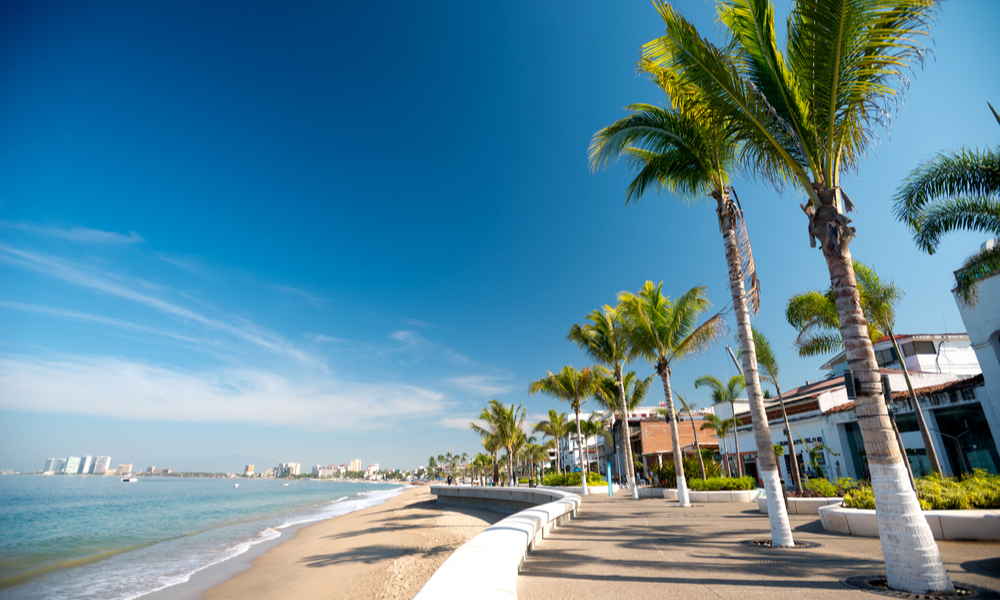
If you delve past the downtown Malecón (boardwalk) and venture south to the adjacent Zona Romantica (the historic well-preserved old town center of Puerto Vallarta), you can discover a rich history and inception. The area’s humble beginnings were far from what it is today; nowadays, it’s known for being a glamorous playground for Mexican supermodels, testing ground for new culinary creations, and one of the most LGBT-friendly destinations south of the border
What is now the second-largest accumulation of people in the state of Jalisco was first discovered in 1541 by Spanish conquistador Don Pedro de Alvarado. The beach jungle bay and the mountainous region remained insignificant until almost 300 years later. During the 19th century, the towns of Cuale, Mascota, and San Sebastian — located in the nearby Sierra Madre Mountains — were bustling silver mine centers with vast economic wealth. But they lacked an essential component needed to process the precious metal: salt.
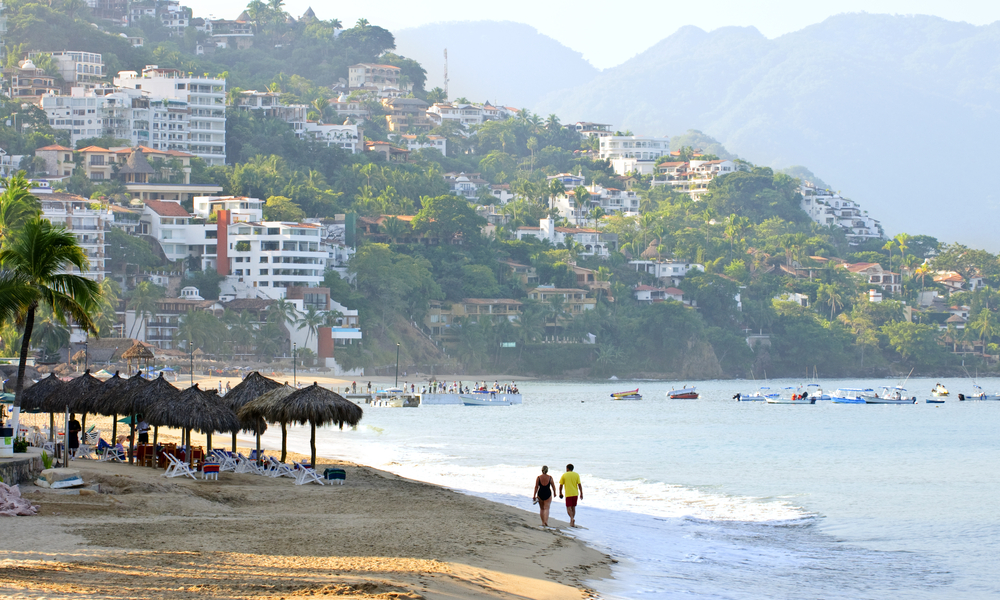
The official founder of the seaside village was an entrepreneur and trader from Cihuatlan by the name of Guadalupe Sanchez. He saw the need for salt to be transported from the coast up into the mountains and silver mines. In 1851, Sanchez established an outpost on the banks of the Cuale River that starts in the Sierras and flows through old town Puerto Vallarta, culminating in the Pacific Ocean on Los Muertos Beach.
From 1851 to 1918, Puerto Vallarta was known as “Las Peñas de Santa María de Guadalupe”, in honor of Sanchez’s arrival on December 12, the sacred day of our Lady of Guadalupe (the Catholic title bestowed to the Virgin Mary). Known as Las Penas by its inhabitants, it was in 1911 that the locals asked the government to become a municipality and changed the name to Puerto Vallarta in honor of esteemed Jalisco governor Don Ignacio L. Vallarta. And on May 1, 1918, the State Congress decreed to the formation of the municipality.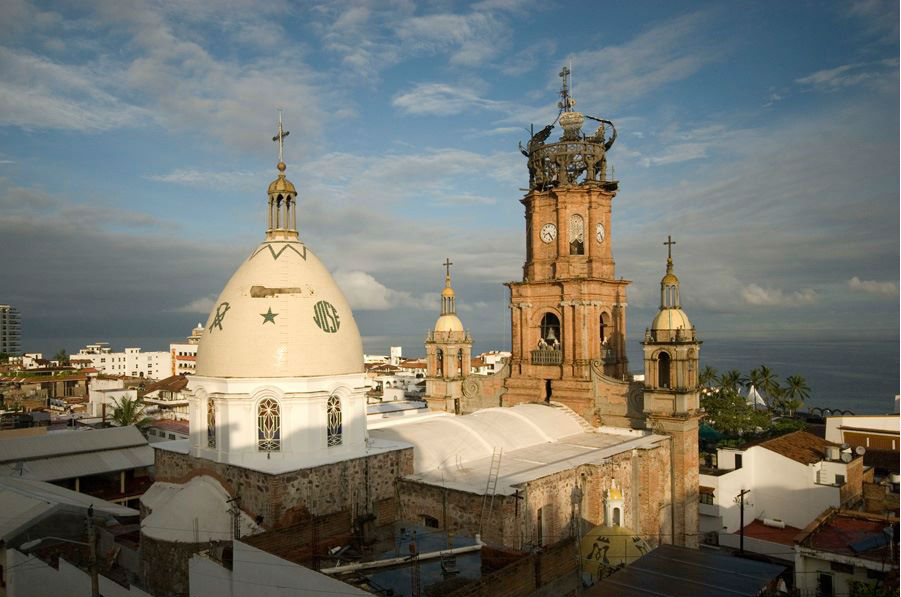
Image via Nicholas Kontis
It wasn’t until 1963 when Hollywood director John Huston was searching for locations to film The Night of the Iguana (an adaptation of the 1961 Tennessee Williams play of the same name) that Puerto Vallarta and its secluded jungle-beach area of Mismaloya came to the world’s attention.
The south beaches of Puerto Vallarta proved an alluring backdrop for the film starring Richard Burton as an excommunicated clergyman leading a group of middle-aged Baptist women to the tropical Pacific coast of Mexico. Burton at the time was dating Elizabeth Taylor. Although Taylor was not in the movie, she tagged along to make sure that Burton stayed faithful, while keeping him away from his co-star, the striking Ava Gardner.
A steamy affair ensued. Not only did the movie showcase the beauty of Mismaloya Beach, but with paparazzi on their heels, what began as a clandestine liaison became a public romance that undisputedly put Puerto Vallarta on the map.
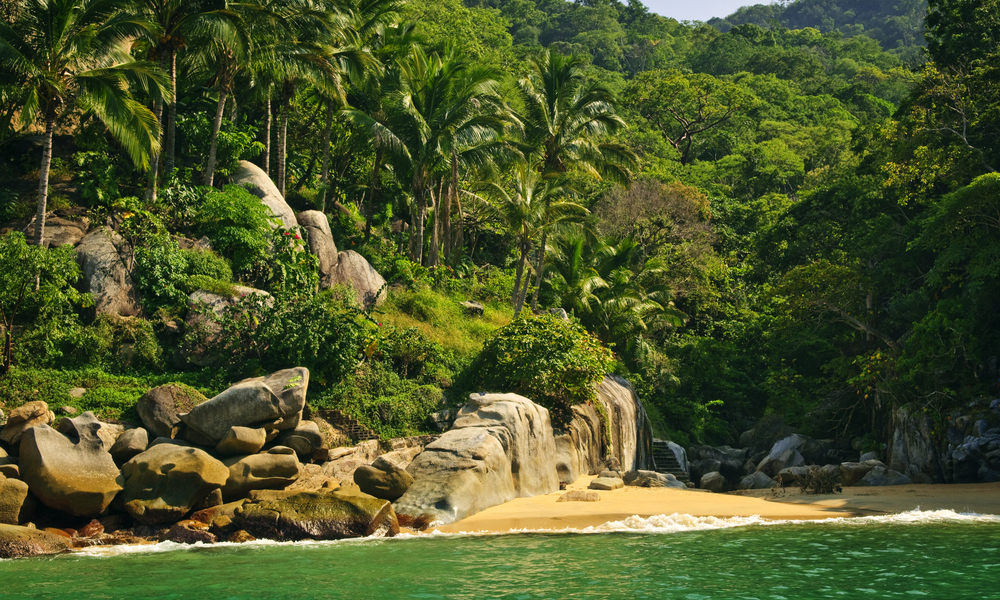
The overt fling attracted U.S. travelers in search of a secluded beach holiday, which in turn brought investment for hotels and eventually an airport. By the 1970s, there was a massive expansion of Puerto Vallarta. Agriculture and fishing took second place to tourism, which remains the main industry of the area today.
Today, more than four million visitors flock to Puerto Vallarta’s sun-splashed beaches, hotels, and resorts every year. Most of the visitors arriving in Puerto Vallarta are Americans and Canadians who come during the harsh North American winter season.
For over 20 years, Vallarta Adventures has guided visitors to experience the culture, wildlife, biodiversity, and natural beauty of Puerto Vallarta and bordering Riviera Nayarit. Immerse into Vallarta’s nearby mining towns nestled deep within the hills of the Sierra Madre mountain range. Visit the historic mining towns of San Sebastien del Oeste, Talpa, and Mascota that were founded by Spanish explorers over 400 years ago.
Partake in a Food Tour
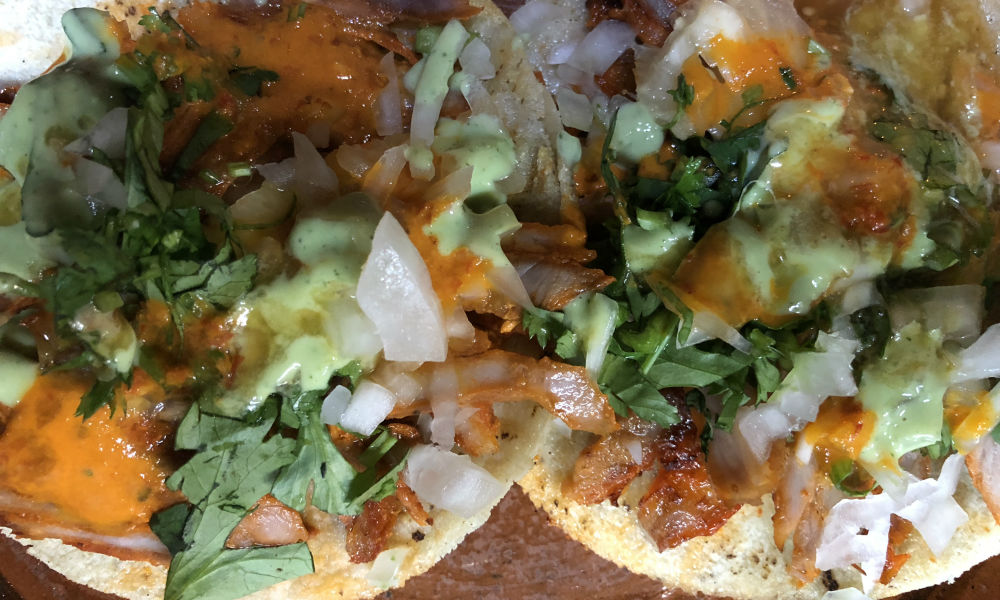
Image via Nicholas Kontis
Learning about a country’s food, wine, beer or spirits unlocks a greater understanding of its culture and history. A flourishing food scene, including hole-in-the-wall taco spots and new restaurants with up-and-coming chefs, makes Puerto Vallarta one of Mexico’s best food-centric cities. Vallarta Food Tours showcases the best of Vallarta’s gourmand scene with an eclectic collection of walking tours around town with various themes. The “Taste of Pitillal” tour is another hidden gem where local chefs prepare scrumptious Mexican fare.
Learn from a Local
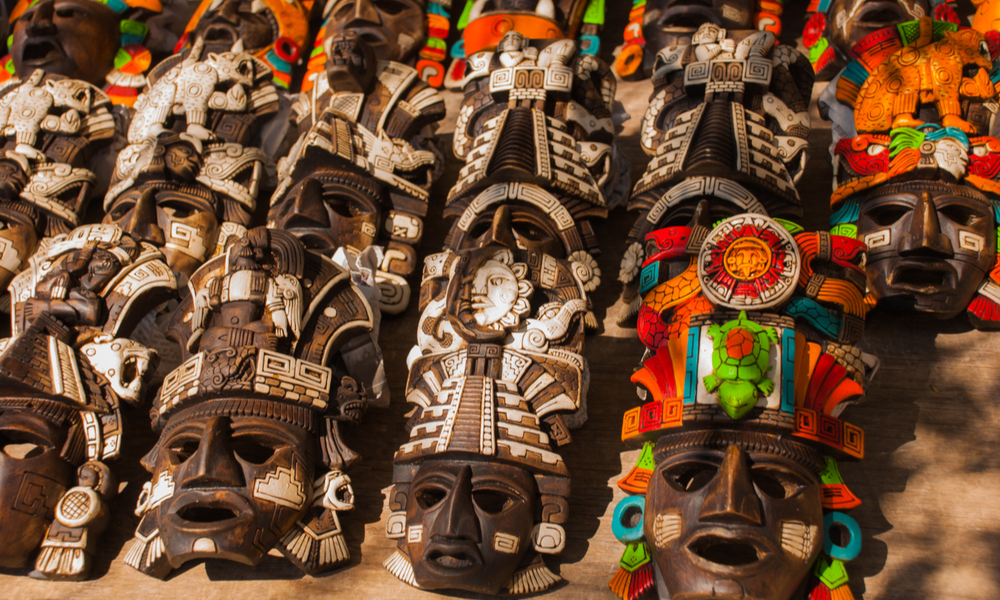
Lasting memories occur when visitors are guided by knowledgeable inhabitants. Tours by Locals only use expert-approved local guides who provide visitors with a greater knowledge and unique perspective about the history and culture of the area. Tours include strolling along the Malecón boardwalk and the Romantic Zone, visits to the Botanical Gardens, and trips to the beaches to the south that made John Huston and other Hollywood legends.
Ed. Note: The author of this post may have either a relationship with or received other compensation from any of the product or service providers that are featured.

